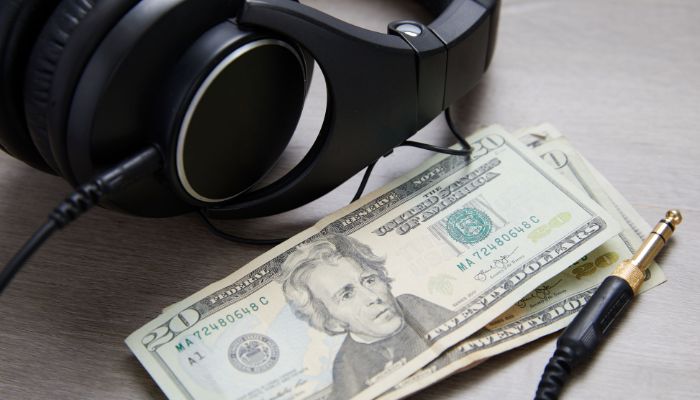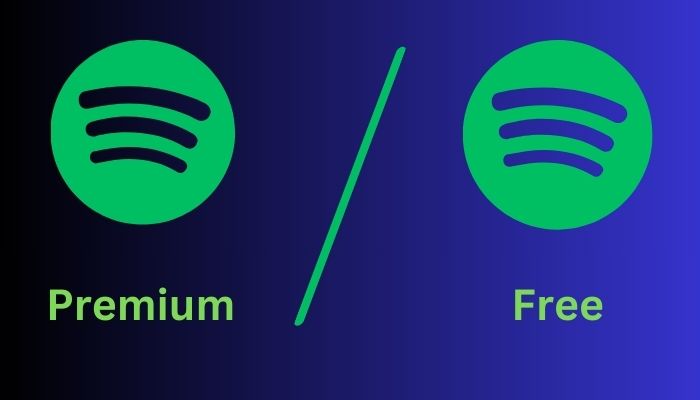In the dynamic world of music streaming, Spotify stands out with a subscription model that has significantly influenced how we access and enjoy music. Offering both Free and Premium tiers, Spotify caters to a wide range of listeners, each with their unique preferences and listening habits. This comprehensive guide delves into the intricacies of Spotify’s subscription model, providing an overview of its evolution, a detailed analysis of the Free and Premium services, and an exploration of its broader impact on the music industry and artists.
Summary
ToggleKey Takeaways for “Understanding Spotify’s Subscription Model”
- Evolving Subscription Model: Spotify’s subscription offerings have evolved significantly, adapting to market trends and user preferences, shaping the music streaming landscape.
- Free vs. Premium: The Free version offers basic access with limitations like ads and shuffle play, while Premium provides enhanced features like offline listening, ad-free experience, and higher sound quality.
- Artist Revenue Streams: Spotify’s model has introduced new revenue streams for artists through streaming royalties, although the impact on artist income varies.
- Industry Transformation: Spotify has influenced changes in the music industry’s business models, affecting how music is distributed, consumed, and monetized.
- User Experience: The choice between Free and Premium depends on individual user preferences, with Premium offering a more personalized and unrestricted listening experience.
- Future Trends: The music streaming industry, led by platforms like Spotify, is likely to continue evolving, potentially impacting both consumers and artists in various ways.
Tracing Spotify’s Subscription Journey

Spotify’s approach to music streaming subscriptions has set a new standard in the industry, striking a balance between user accessibility and a sustainable business model. This model has not only transformed how users interact with music but also how artists connect with their audience. From its inception, Spotify’s journey has been marked by significant changes and adaptations in its subscription offerings. This evolution is a reflection of the shifting landscape of digital music consumption and the evolving needs of its user base.
- The Early Days: Exploring Spotify’s initial subscription model and its initial impact on the music streaming market.
- Growth and Expansion: Analyzing how Spotify’s offerings have expanded and adapted over the years, including the introduction of various tiers and features.
- Market Adaptation: Understanding how Spotify has responded to market trends, competition, and user feedback in shaping its subscription model.
Premium vs. Free: A Comprehensive Comparison

Understanding the Two Tiers of Spotify
Spotify’s two-tier system offers distinct experiences to its users. The Free and Premium services cater to different needs, and understanding these differences is crucial for users to make an informed choice.
- Features of the Free Service: The Free version of Spotify provides basic access to its vast music library but with certain limitations like ad-supported listening, shuffle play, and limited skips.
- Benefits of the Premium Service: Spotify Premium offers an enhanced experience with features like ad-free listening, offline downloads, unlimited skips, and higher sound quality.
Evaluating User Experience and Value
- User Experience Comparison: Discussing the qualitative differences in user experience between the Free and Premium subscriptions.
- Assessing Value for Money: Evaluating the Premium subscription’s value proposition based on its additional features, user benefits, and cost.
Spotify’s subscription model has had a profound impact on the music industry, reshaping artist revenue streams, distribution methods, and overall music consumption patterns.
- Artist Revenue and Spotify: Delving into how Spotify’s model affects artist earnings, including the streaming revenue model and its implications for both established and emerging artists.
- Shifting Industry Dynamics: Examining the broader shifts in the music industry driven by Spotify’s subscription model, including changes in album releases, single-driven markets, and global music accessibility.
The Business Behind the Music: Spotify’s Economic Impact

Spotify’s subscription model has not only changed how listeners consume music but also how revenue is generated and distributed within the music industry. This section delves into the economic aspects of Spotify’s model, exploring its impact on artists, record labels, and the industry at large.
Revenue Streams for Artists
- Streaming Royalties: Understanding how Spotify’s streaming royalties work and their impact on artist income. The platform pays artists based on the number of streams their songs receive, which has created a new revenue stream for many artists.
- Exposure and Global Reach: Discussing how Spotify offers artists a platform for global exposure, potentially leading to increased sales, concert attendance, and fan base growth.
Industry Transformation
- Changing Business Models: Examining how Spotify’s subscription model has influenced record labels and the music industry’s traditional business models.
- Market Trends and Artist Strategies: Analyzing how artists and labels are adapting to the streaming era, focusing on singles and playlists over traditional album releases.
Conclusion: The Future of Music Streaming Subscriptions
Looking ahead, the landscape of music streaming and subscription models continues to evolve. This section offers insights into potential future trends and their impact on consumers and the industry.
- Emerging Trends in Streaming: Predicting future developments in music streaming, such as new features, pricing models, or integration with other technologies.
- Implications for Consumers and Artists: Reflecting on how these changes might affect music consumers and creators, emphasizing the importance of finding a balance that benefits both parties.
Q&A Section
Q1: How has Spotify’s subscription model changed over the years?
- A1: Spotify’s model has evolved from its early days, adapting to user feedback and market trends, introducing various subscription tiers, and continuously updating its features and offerings.
Q2: What are the main differences between Spotify’s Free and Premium services?
- A2: The Free service includes ads, shuffle play, and limited skips, while Premium offers an ad-free experience, offline listening, on-demand playback, and higher sound quality.
Q3: How does Spotify’s model impact artist revenue?
- A3: Spotify pays artists royalties based on streams, offering a new revenue stream. However, the impact on individual artist income varies and is a subject of ongoing debate.
Q4: In what ways has Spotify influenced the music industry’s business models?
- A4: Spotify has shifted the industry towards streaming, affecting album releases, single-driven markets, and how music is marketed and consumed globally.
Q5: Is upgrading to Spotify Premium worth it?
- A5: Whether upgrading to Premium is worth it depends on your usage, preferences, and how much you value features like offline listening, no ads, and better sound quality.
